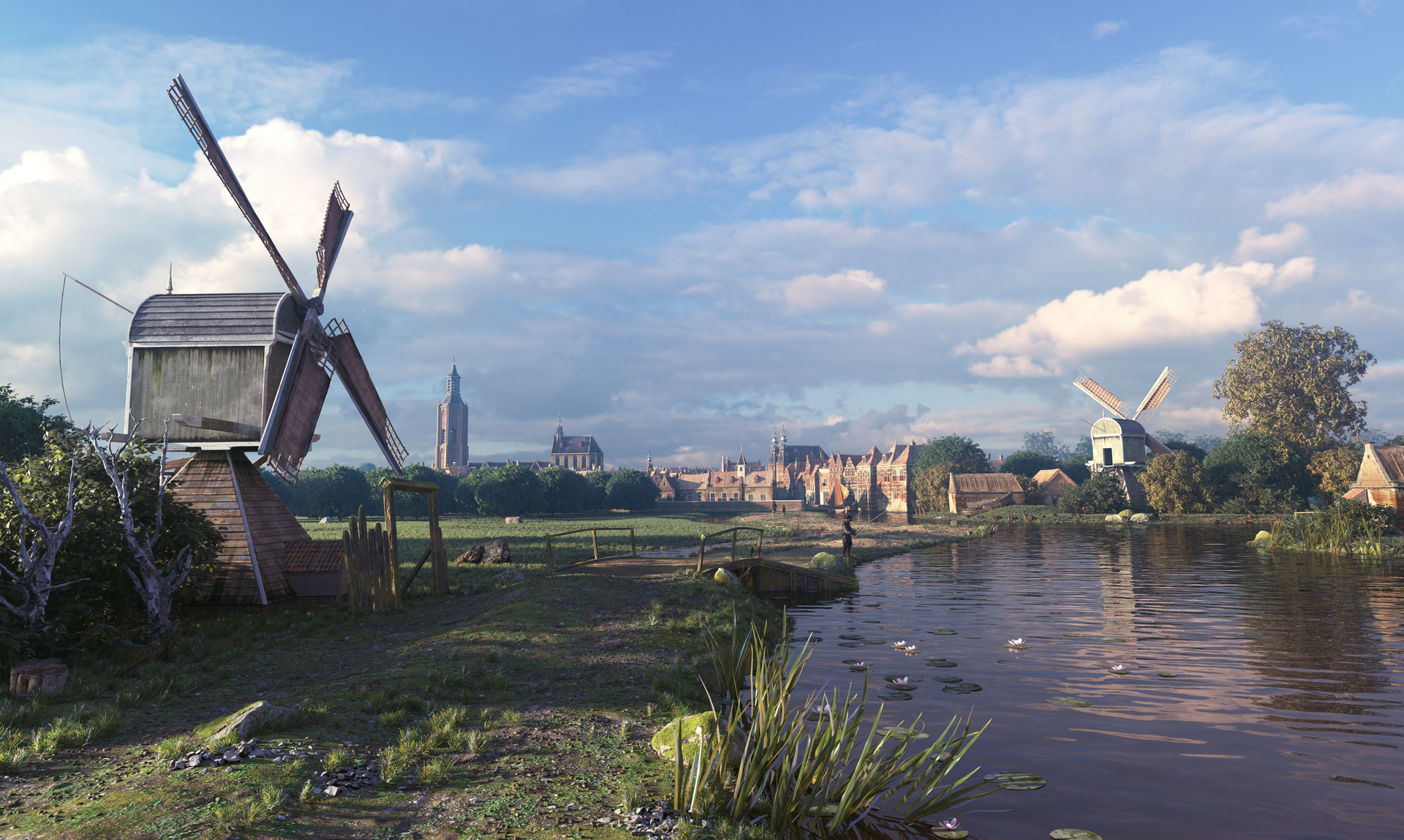For the problem of individual dwellings, I had an idea that you could use Postcodes.
From memory you can download a dataset for the whole of the UK which can be mapped automatically in QGIS. Generally speaking, the land is becoming more subdivided when it comes to dwellings - though that of course isn't always the case - so you may find that most Postcodes link to houses from history.
I think being able to link via Postcode might also be a great way to get community engagement in your study: it makes it so easy for someone to see the history of their own home.
I've found the floor plans of dwellings to be tricky too - especially since the georeferencing process often distorts the shape of the building when it is adjusting to modern projection formats.
I was halfway through adding all of the buildings from the 1907 map of Hethersett when I realised that I just wouldn't be happy with their shapes. I'm now suffering from a bit of inertia - not wanting to face going back and redoing them all.
As my study is in Norfolk, I'm lucky that all of the 1946 Aerial Survey of England for Norfolk is online and already mapped to googlemaps. I plan to go back and overlay this on my map, tracing the buildings that still exist so that they look closer to how they should. This is daunting, as it means travelling 40 years in the wrong direction for my study

A trick I've found recently is to google recent online house auctions and sales for my village. If you've linked the postcodes Data then you can do a specific search for sales for the postcode that corresponds to a specific building and see what turns up. Otherwise, a general search will still give you many hits.
Many listings have a potted history of the building and all will have images - but more importantly: most have a floor plan with actual dimensions inside and out.
A lot of things will have changed in a hundred or so years, but comparison with the map should determine which parts were in existence way back when. You can even orient the modern floor plan as a raster over the building's footprint on your map to more clearly see the correct historic parts of the building.
I actually only thought of this last bit just now, and have to give it a try.
Otherwise, I've attempted to delineate fields by covering the whole village in points 5m apart from each other. The idea was that by using formulas in QGIS to list every point enclosed in a field, you could make a specific reference that could link to a series of specific places "on the ground". You could use this string to show when other fields over time correspond with some of the points, and that would signify shifts in area.
The drawback with this idea, I found, was that there's a question of just how accurately you've traced your map, and
then confusion with subsequent maps that may be of the exact same area, but drawn slightly differently.I still think this approach may work. To get around the above problem, I've done one very careful tracing of 1907. I plan to copy the field layer to a new layer for subsequent maps, and then join or split the copies based on the new map. That way the tracings should match perfectly if I work my way back in time sequentially through the maps.It's all a bit overwhelming. What I really look forward to doing is linking in historical records. This is just a framework! I feel like a fisherman constantly cutting bait and never actually fishing.


 I wish I could work these things out as quickly as you do.
I wish I could work these things out as quickly as you do.
